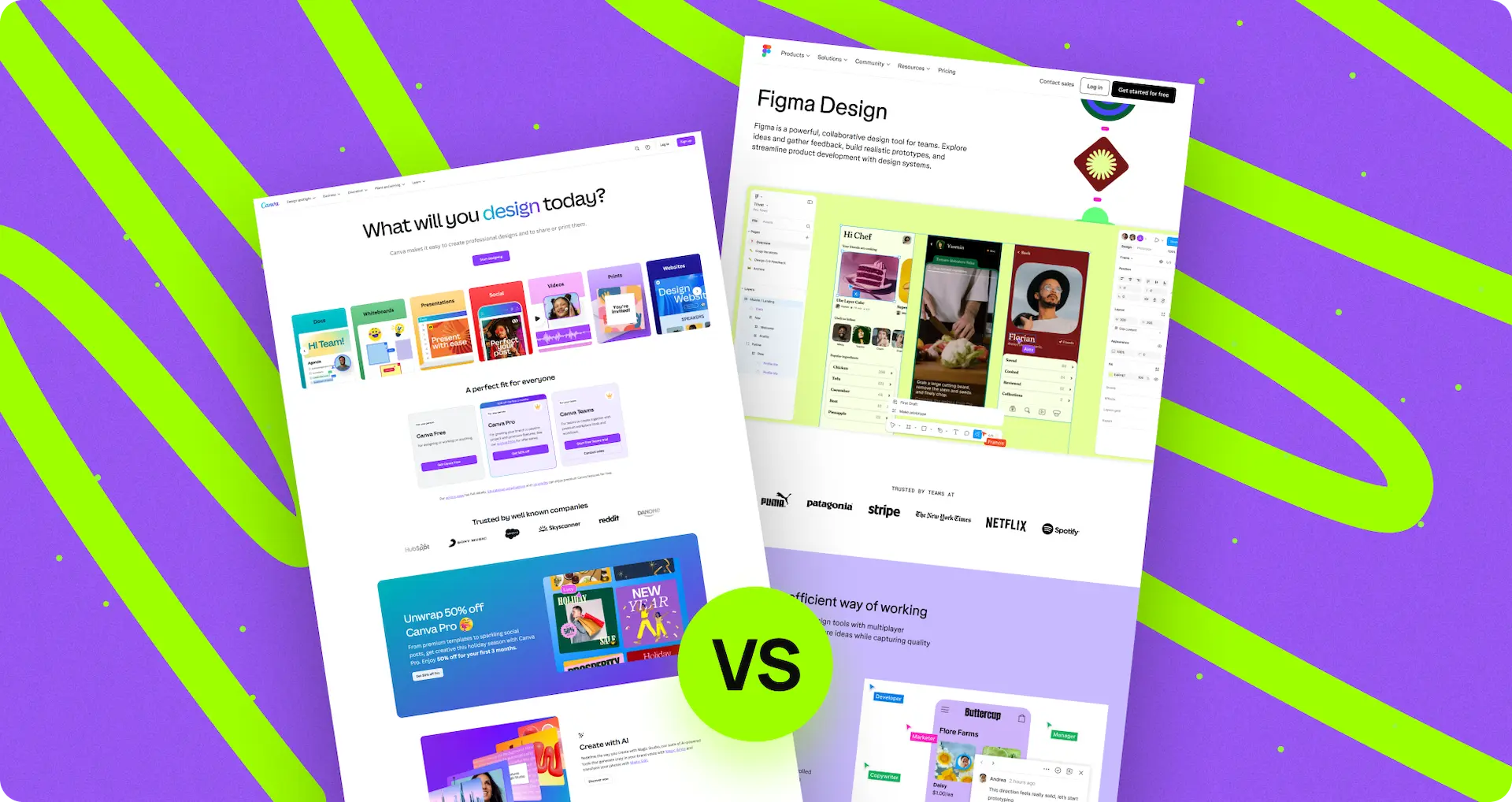Webflow SEO tools


Are you interested in enhancing the text content on your Webflow website? If the answer is YES, you should definitely read this article. We will provide you with practical advice on how to improve your text content, what kinds of tools you can use, and how low-quality content can negatively impact your Google rankings.
This comprehensive write-up covers basic SEO and can serve as a guide for your needs.
We are Digital Butlers, real experts in web optimization and web development. If you want to know more about us, click 👉 here.
Before we start, we would like to ensure that you are familiar with the basic concepts of Internet search. That’s why we suggest you read this article: Webflow and Google.
Hierarchy of headings
Do you understand how the power of monarchy works? You have the king, then the king’s vassals, military aid, loyalty, etc. Not like the US government today 🙂. The same principle applies to your text, where you have a main title called “Main Heading,” and then we have subheadings.
We usually give numbers to every headings H1, H2, H3, etc. The name of every heading is very important because it should cover queries. This is the first thing Google understands about the usefulness of your web page. Moreover the hierarchy should be followed properly because the algorithms will easier understand your language and text.
Now, a practical tip 👇
On a webpage, you should have only one <H1> tag. This tag is meant to represent the main heading of the page, providing a clear and concise indication of the primary topic or purpose of the content. In a simple language, it’s your main title why users click on the link in their browser and understand that this webpage is able to answer their questions.
Using multiple <H1> tags can confuse search engines and users, potentially affecting your SEO and the readability of your page ❌!
Subsequent headings should use H2, H3, and so on, to organize content hierarchically. For example:
- H1: Main Heading
- H2: Subheading
- H3: Sub-subheading
The amount of <h2> tags can be unlimited, the same applies to <h3>, <h4>, etc.

This structure helps ensure clarity and improves the overall user experience and SEO effectiveness of your website. This article also obeys the hierarchy system!
Another practical piece of advice! The following section is an <h3> because it is still within the section that covers the hierarchy of headings. To maintain clarity and coherence, it’s logical to integrate it here.
How to structure other elements of your webpage?
To avoid misunderstandings, because many people ask, “What should I do with the menu, footer, and other additional elements on my web page apart from the main content?”
Good question! Do not use headings for the menu, footer, side content, etc. HTML has other tags for these elements. Look at the example below👇
<nav>
<ul>
<li><a href="#home">Home</a></li>
<li><a href="#about">About</a></li>
<li><a href="#services">Services</a></li>
<li><a href="#contact">Contact</a></li>
</ul>
</nav>It is called <nav> – navigation. So, don’t worry, use heading only for your main content.
BUT!
<footer>
<div>
<h3>About Us</h3>
<p>Information about the company.</p>
</div>
<div>
<h3>Quick Links</h3>
<ul>
<li><a href="#privacy-policy">Privacy Policy</a></li>
<li><a href="#terms">Terms of Service</a></li>
</ul>
</div>
<div>
<h3>Contact Us</h3>
<p>Email: contact@example.com</p>
<p>Phone: 123-456-7890</p>
</div>
</footer>This is an example of how it can be with your <footer>, for example. We use a heading, but we don’t use h1 or even h2 because they don’t cover the queries on the web research engine.
The lower the importance, the higher the number of headings! The browser’s algorithms will take it less seriously.

A code editor displaying HTML and CSS for a webpage about proper heading usage, set against a blue background with small green dots
Naturalness of your content
In English, “naturalness and fluency of text” typically refer to two main aspects: clarity and ease of understanding in the text.
- • Naturalness
This aspect concerns how natural and organic the text sounds to the reader. It involves using simple and understandable words, as well as correct grammatical sentence structures. When a text sounds natural, the reader can easily immerse themselves in its content and understand the information without undue effort.
– Does our article sound natural? 😀
Algorithms measure texts in percentages, ranging from 0 to 100%. The closer the score is to 100, the better! Frankly speaking, achieving a fully 100% naturalness is impossible due to language structure and common grammar rules. A score of 85% or higher is considered perfect. Try to avoid scores lower than this.
To create text that is natural and fluent, it's important to follow a few simple guidelines 👇
- Use simple and understandable language, avoiding complex and convoluted phrases.
- Maintain a logical structure in the text with clear introductions and conclusions.
- Check the text for grammatical errors and typos to ensure it sounds professional and polished.
- Pay attention to the tone and style of the text to ensure it matches the expectations of your audience and context.

- • Nausea or vomiting 😂
It's the second and most important thing that you should follow in your articles. There are two types of them.
- Classical nausea
This method of evaluation is based on the number of repetitions of a keyword in the text. It is calculated as the square root of the number of keyword repetitions.
For example 👉 with 16 keyword repetitions, the nausea score would be 4. A text is considered overspammed if the classical nausea score exceeds 5 or 6, while the minimum possible score in this method is 2.64, which is used even for keywords repeated less than 7 times.
The drawback of this method is that it does not take into account the text volume, so it does not always provide a fully objective assessment. Here's a revised version of your text:
We have many articles in our blog, and they are long. To be more precise, some of them contain 17,000 characters without spaces, with a nausea score around 5.65. It's impossible to correct the text and make it ideal, even with AI (we will discuss this later).
- Academic nausea
In this method of evaluation, all repetitions in the text are considered, including various morphological forms of the keyword. It is calculated as the ratio of all repetitions to the total number of words in the text, multiplied by 100%.
For example 👉 for a text of 1000 words with 20 repetitions of the keyword, the academic nausea would be 2%.
To maintain optimal nausea levels, it should not exceed 8%. The recommended range is 4-6%.
For your school, this method would be perfect. When you have a blog you should be friendly, easy-going and very understandable!
To avoid spamming in your content, use synonyms. The most common problem in English is the word “can”. Sometimes, you can't replace it with another synonym because your text will lose its meaning. You don't need to make it ideal; being close to ideal parameters is already good.
You can find many online services that can help you analyze your content and provide suggestions and improvements. The only drawback is that most of them are paid or offer limited functionality, such as a maximum number of tries per day.
Try this one 👉 Zypf. This service offers many additional aids and works well with detection of AI.
AI text
ChatGPT is the most common tool you can think of for text generation. Everything would be great, but there is one caveat.
Truly, this tool is awesome!
- • It corrects grammar mistakes
- • Improves readability
- • Can mimic different styles (like a writer or economist)
- • Suggests alternatives, and if you know how to write proper prompts, you can achieve many amazing results – especially if you're familiar with additional plugins that can be seamlessly integrated with ChatGPT.
- • And many other interesting things …
BUT ☝️
Many individuals lack discernment. Today the Chatbot has developed its own unique style of writing, often employing advanced and uncommon vocabulary. Occasionally, their responses may be nonsensical. Despite this, people place unwavering trust in these machines, adhering to a simple “generate > copy > paste” principle.
We've seen numerous articles on Google noticing a similar approach. It appears that widespread access to the chatbot has influenced its algorithms, as it’s able to learn from human interactions – sometimes even from nonsensical inquiries. Now, envision millions of such queries in fields like medicine or politics, and consider their potential impact on the accuracy of the final results.
Unfortunately, social pressure demands that Elon Musk creates a tool that won't offend anyone. This is why some answers may seem silly at times. Nonetheless, each version of the tool improves upon the previous one. However, we believe we are entering an era of stagnation in AI development due to numerous government regulations and social expectations.

How does Google accept AI-generated content?
From the very beginning, algorithms didn’t struggle to detect the tones of AI-generated texts. Initially, the company had no intention to address this issue officially. However, recent insights suggest that they have already developed algorithms capable of identifying machine-generated content. This move aims to reduce low-quality content in rankings, as the company seeks humanized and credible content created by people, for people.
AI-generated content is not prohibited, but now it must undergo stricter scrutiny and adhere to tougher regulations.
Useful SEO tools before publishing
In this chapter we would like to show you some useful tools that we usually use before publishing our content online.
1. Here we go with Markup Validator Service
This service allows you to check the validity of web documents in various formats, primarily HTML, XHTML, and XML. It helps web developers ensure that their web pages comply with web standards and are correctly formatted according to the specifications set by W3C.
By entering the URL or directly pasting the code of a web page into the validator, you can quickly identify any errors or issues that may exist in the markup. This includes syntax errors, missing tags, incorrect attributes, and other potential problems that could affect the functionality or appearance of the webpage.
Look at more practical example that shows how it can work 👇

2. Google offers several tools and services for checking SEO and analyzing websites. One of these instruments is Google Search Console.
This tool provides website owners with information about how their site appears in Google search results and offers recommendations for improving the site's visibility in search. It’s helpful to identify indexing issues, site errors, traffic analytics, and more.
3.Google Page Speed Insights (for analyzing site loading speed)
4.Google Analytics (for tracking traffic and user behavior)
5.Google Mobile-Friendly Test (for checking mobile-friendliness), and others.
We've prepared a few useful articles about some of these services. Feel free to check out the links below 👇
Conclusion
I hope you found this article informative! Let’s summarize what we covered today:
- Hierarchy of headings: We learned how to structure content effectively.
- Naturalness of your content: This section focused on avoiding spam.
- AI text: Advantages and disadvantages of machine learning generation.
- Useful SEO tools for publishing.
– Got questions?
Our team of 27 Digital Butlers is here to serve 💪! You can be a new hero of web development!

Our name reflects our dedication to serving our employers. We serve their goals, much like Alfred serves Batman, which is why we use the term “employer” instead of “client”. Our expertise will definitely benefit both you and your developers!
Reach out to us anytime for expert assistance and let us be your digital concierge!


Set a goal and we will organize the process of achieving it
Similar articles
We write just a few articles per month, but in each one, we pour our time, passion, and expertise.





.webp)






.webp)


.webp)









.webp)













